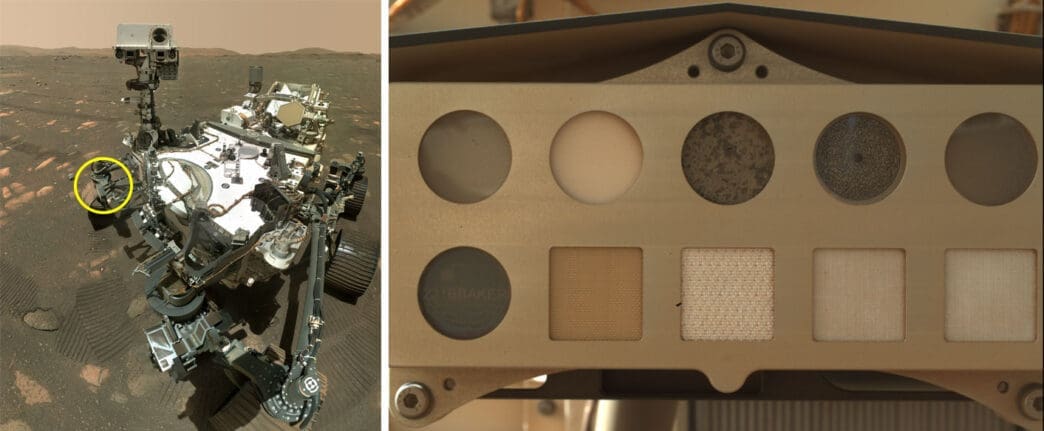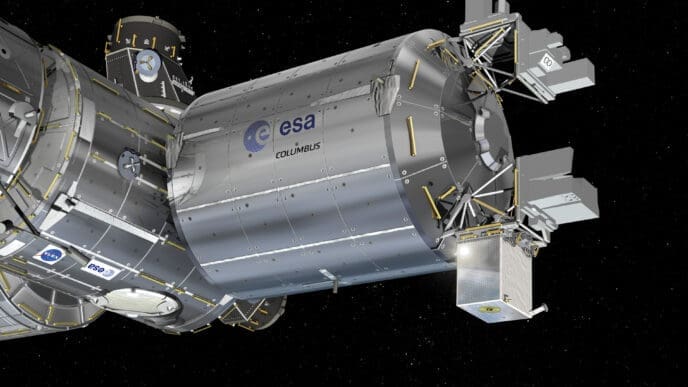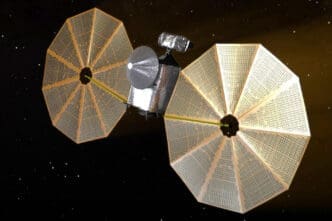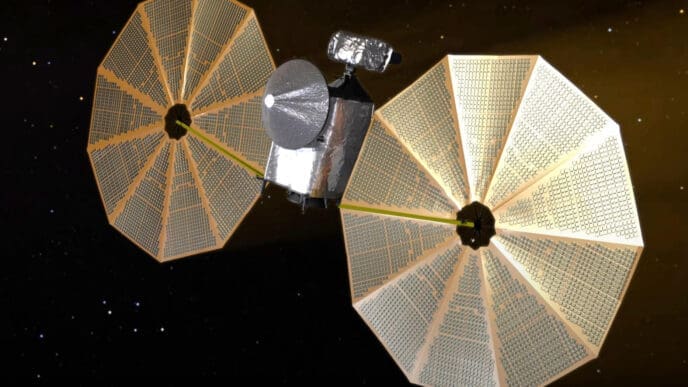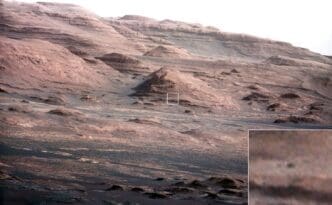NASA’s Perseverance rover, which touched down on Mars in 2021, is ambitiously searching for signs of ancient microbial life while aiding scientists in understanding the planet’s climate and geography. Among its critical objectives is paving the way for future human exploration of the Red Planet. As part of this mission, Perseverance carries five samples of spacesuit materials, crucial for assessing their durability after enduring four years on Mars’ harsh surface. Scientists have now embarked on the next phase of analyzing these materials to predict the lifespan of a Mars spacesuit.
The insights gained from these studies will play a pivotal role in designing advanced spacesuits for astronauts who will one day explore Mars. “This is one of the forward-looking aspects of the rover’s mission — not just thinking about its current science, but also about what comes next,” remarked planetary scientist Marc Fries from NASA’s Johnson Space Center in Houston, who contributed to providing the spacesuit materials. “We’re preparing for people to eventually go and explore Mars.”
The collected samples, each measuring three-quarters of an inch square, serve as a calibration target for SHERLOC (Scanning Habitable Environments with Raman & Luminescence for Organics and Chemicals), an instrument affixed to Perseverance’s arm. The materials include a polycarbonate helmet visor, Vectran for astronaut gloves, two types of dust-repelling Teflon, and Ortho-Fabric, which comprises layers of Nomex, Gore-Tex, and Kevlar — materials known for their resistance to flames, water, and rips, respectively.
Mars presents a formidable environment with its freezing temperatures, pervasive dust, and high levels of solar radiation. Its lack of a magnetic field, lost billions of years ago, leaves the surface exposed to ultraviolet light, posing significant challenges to material durability. “Mars is a really harsh, tough place,” noted SHERLOC science team member Joby Razzell Hollis of the Natural History Museum in London. The radiation, in particular, is a major concern.
Razzell Hollis, a materials scientist, has previously examined the effects of sunlight on various materials and draws parallels to changes observed on Mars. Around 50% of the observed changes in the materials occurred within the rover’s first 200 days on the Martian surface, with Vectran showing initial signs of alteration. Understanding the rate of material degradation and how much radiation different parts of a spacesuit might face are crucial factors in developing safer spacesuit materials.
The SHERLOC team is preparing a scientific paper to present initial data on the samples’ condition on Mars. Concurrently, scientists at NASA Johnson are eager to replicate these conditions on Earth using chambers that simulate the Martian atmosphere and radiation levels. This will allow them to rigorously test the materials’ durability.
“The fabric materials are designed to be tough but flexible, so they protect astronauts while allowing for movement,” stated Fries. “We want to know the extent to which the fabrics lose their strength and flexibility over time. As the fabrics weaken, they can fray and tear, allowing a spacesuit to leak both heat and air.”
Perseverance’s mission also focuses on astrobiology, examining signs of ancient life, and characterizing Mars’ geology and past climate to lay the groundwork for human exploration. It is the first mission tasked with collecting and caching Martian rock and regolith. The Mars Sample Return Program, a collaborative effort between NASA and the European Space Agency, aims to retrieve these samples for comprehensive analysis on Earth.
The Mars 2020 Perseverance mission is a substantial component of NASA’s Moon to Mars exploration strategy, including the Artemis missions, which are preparing the way for human ventures to the Red Planet. NASA’s Jet Propulsion Laboratory, managed by Caltech in Pasadena, California, developed and operates the Perseverance rover.


